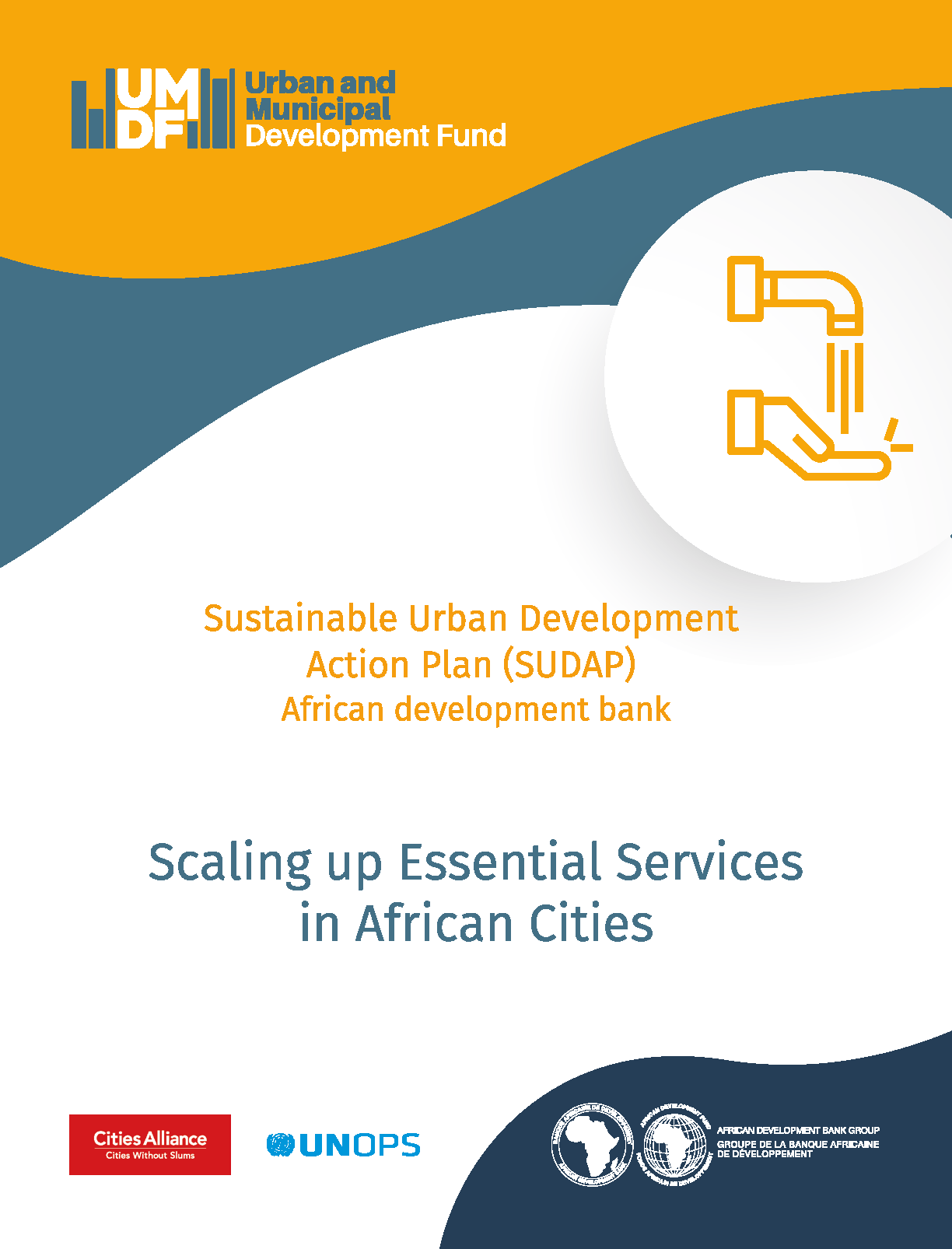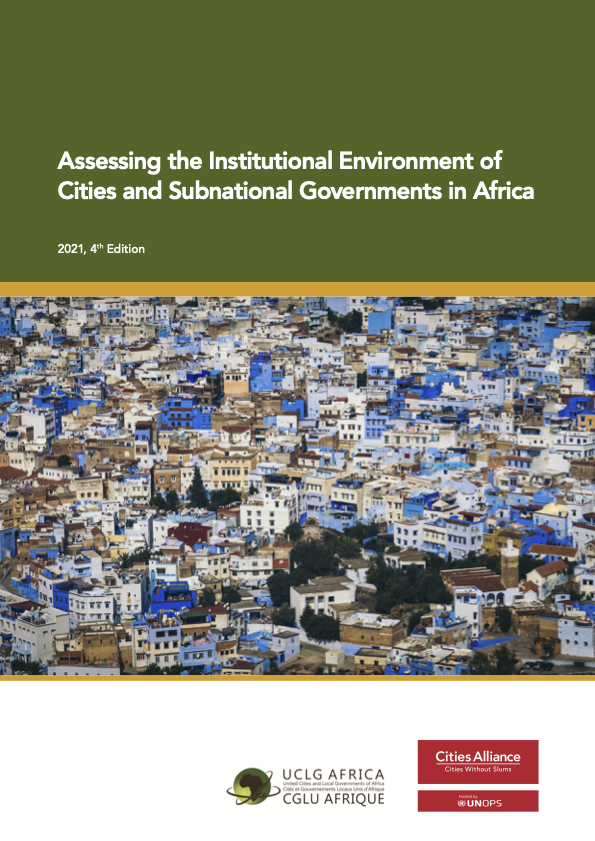- Who We Are
- How We Work
- Portfolio & Results
- Newsroom
- Resources
Urban LandMark Resources: Managing urban land - a guide for municipal practitioners
Urban land markets have a profound effect on how well poor households are able to access the jobs, amenities and services offered in the city. But often the way in which this market works frustrate attempts to open up better located living and business opportunities for poorer urban households and communities, despite government policies and programmes intended to address these challenges. The challenge in South Africa is even larger because of worsening poverty and inequality, and the continuing growth of cities through urbanisation.
Understanding and monitoring property and other markets operating in cities are core to the business of municipalities. If the skills and systems are built to do this better, they place municipalities in a much stronger position when it comes to negotiating with the many stakeholders who build and rebuild cities and towns. The difficult task for local government is to balance the promotion of pro-poor outcomes while providing incentives which positively guide private investment.
Urban LandMark recently developed a guide for local government in South Africa to assist municipal officials involved in urban land governance to carry out their functions in ways that ensure pro-poor outcomes in the urban land market. The objective of the guide is to provide easily accessible material based on the urban land governance work of Urban LandMark over the past five years to provide practical ways of working differently. With clear examples and available tools, the guide shows municipal practitioners what they can practically do to manage urban land to achieve these outcomes.
For example, the guide explains how informal land markets work and suggests tools than could enable municipal managers to engage in these markets in positive ways.
The guide also examines how optimal value can be captured in exchange for public investment in bulk infrastructure such as transport, and describes innovative mechanisms for releasing state-owned land for private development while ensuring that government priorities for affordable housing are met.
Urban LandMark's guide is published as the Spatial Planning and Land Use Management Bill comes before Parliament. The Bill is the first national planning and land use legislation put forward since 1994. Its passage will trigger revised or new provincial legislation that will affect the work of municipal planners and officials. The tools and techniques described in the guide give planners a concrete way to pursue the principles that underpin government's responsibility in this field as described in the Bill - spatial justice, spatial sustainability, efficiency, spatial resilience and good administration.


